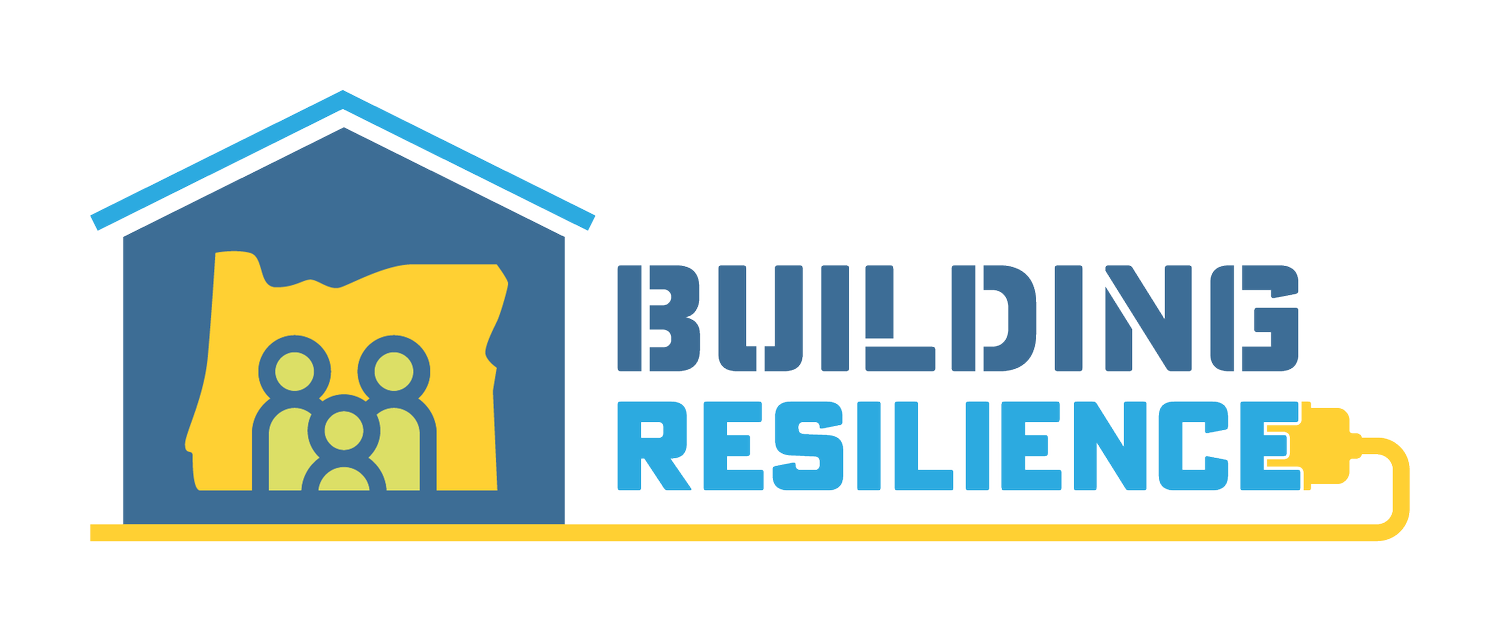Oregon Families Need Building Resilience Now
No matter who we are or where we live, Oregonians deserve homes and buildings that are healthy, affordable, and safe against the effects of extreme weather.
Whether it’s wildfire smoke, deep freezes, or record-breaking heat, Oregonians are increasingly forced to take shelter in inefficient buildings, which are expensive to heat and cool - and contribute to the climate crisis. People with low incomes and fixed incomes, as well as rural and BIPOC Oregonians, pay a disproportionately high share of their household budget on energy.
Resilient, efficient homes and buildings protect us better, plus they lower our energy bills and cut down on climate pollution from Oregon's second largest source of greenhouse gasses - more than agriculture and industry combined.
We must act now to transform our homes and buildings, making them safer and more affordable for all families across the state.
Efficient Homes Reduce Energy Bills for Families
-
Savings from Heat Pumps
Making the switch to electric offers even more savings: Electric homes use 3 to 5 times less energy than gas-dependent homes, lowering utility bills while still keeping families comfortable. An Oregon study showed that homes relying on a high efficiency heat pump save families $161 in Portland and $192 in Bend annually.
-
Thousands Saved on Construction Costs
Building resilient and energy efficient helps builders to avoid costly utility hookups upfront and reduce operating costs long-term. Whether you're building a detached single family home or a 900 square-foot multi-family unit, going all-electric is cheaper in all cases, lowering the cost of construction by up to $4,750.
-
Weatherized Homes Cost Less
Insulation, ventilation improvements, and tightly sealed windows and doors make it cheaper to heat and cool our homes, reducing energy waste and protecting Oregonians from extreme weather. Living in a weatherized home can save families on average $223 to $283 a year.
-
Protection from Volatile Gas Prices
This is particularly important as gas prices become more volatile and rates continue to rise, increasing 42% since October of 2021. Rate increases have an outsized impact on Black, Latinx, and Indigenous communities, who are already significantly more likely to spend a greater portion of their income on energy bills.
-
And Rate Hikes, Too
The rising cost of fossil fuels is driving up prices for both electricity and methane “natural” gas. NW Natural Gas, the largest fossil fuel company in Oregon, increased rates more than 40% in 13 months. Meanwhile, the cost of renewable electricity, like solar and wind, is falling.
Resilient, Efficient Buildings Reduce Climate Pollution
Homes & buildings are Oregon’s second largest source of climate pollution. More than industry and agriculture - combined. Cutting energy waste and transitioning to clean electricity is good for our families and the climate we depend on.


